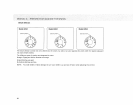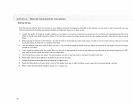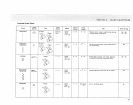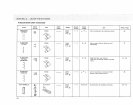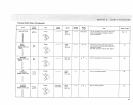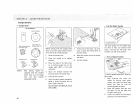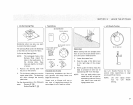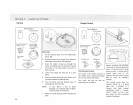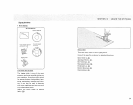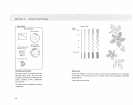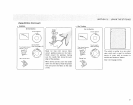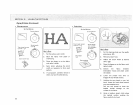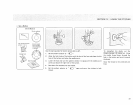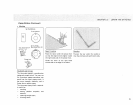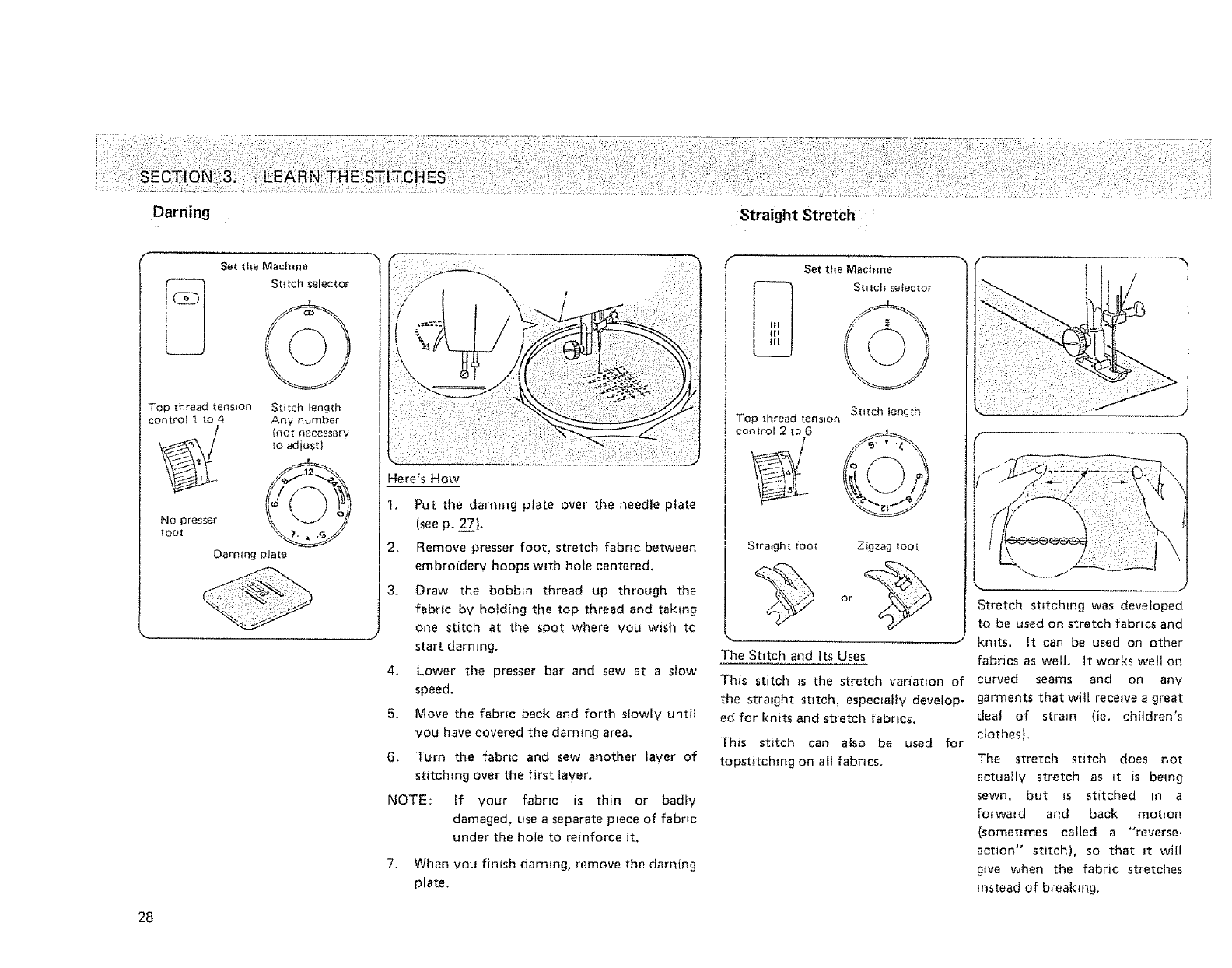
Darning
Set the Machine
Stitch selector
Top thread tension
control 1 to 4
No presser
tOO[
Stitch length
Any number
{not necessary
tO adiust)
Darning pJate
Here's How
1.
2.
3,
4,
5.
6.
NOTE:
Put the darmng plate over the needle plate
(see p. 27),
Remove presser foot, stretch fabnc between
embroidery hoops with hole centered.
Draw the bobbin thread up through the
fabric by holding the top thread and taking
one stitch at the spot where vou wish to
start darntng.
Lower the presser bar and sew at a slow
speed.
Move the fabric back and forth slowly until
you have covered the darmng area,
Turn the fabric and sew another layer of
stitching over the first laver,
If your fabric is thin or badfv
damaged, use a separate piece of fabric
under the hole to reinforce it,
7. When you finish darmng, remove the darning
plate.
28
Straight Stretch
Set the Machine
Stltc_ selector
Stitch (eng th
Top thread tension
control 2 [o 6 _j_m_/.._L_
Straight _oot Zigzag toot
The Stitch and Its Uses
This stitch m the stretch variatEon of
the straight stitch, especially develop.
ed for knits and stretch fabrics,
This stitch can also be used for
topstitching on aH fabrics.
Stretch stitching was developed
to be used on stretch fabrics and
knits. !t can be used on other
fabrics as well, it works well on
curved seams and on any
garments that will receive a great
deal of strmn {ie. chi|dren's
clothes),
The stretch stitch does not
actually stretch as it is being
sewn, but is stitched In a
forward and back motion
(sometimes called a "reverse-
action" stitch), so that Jt will
g_ve when the fabric stretches
mstead of breaking.



